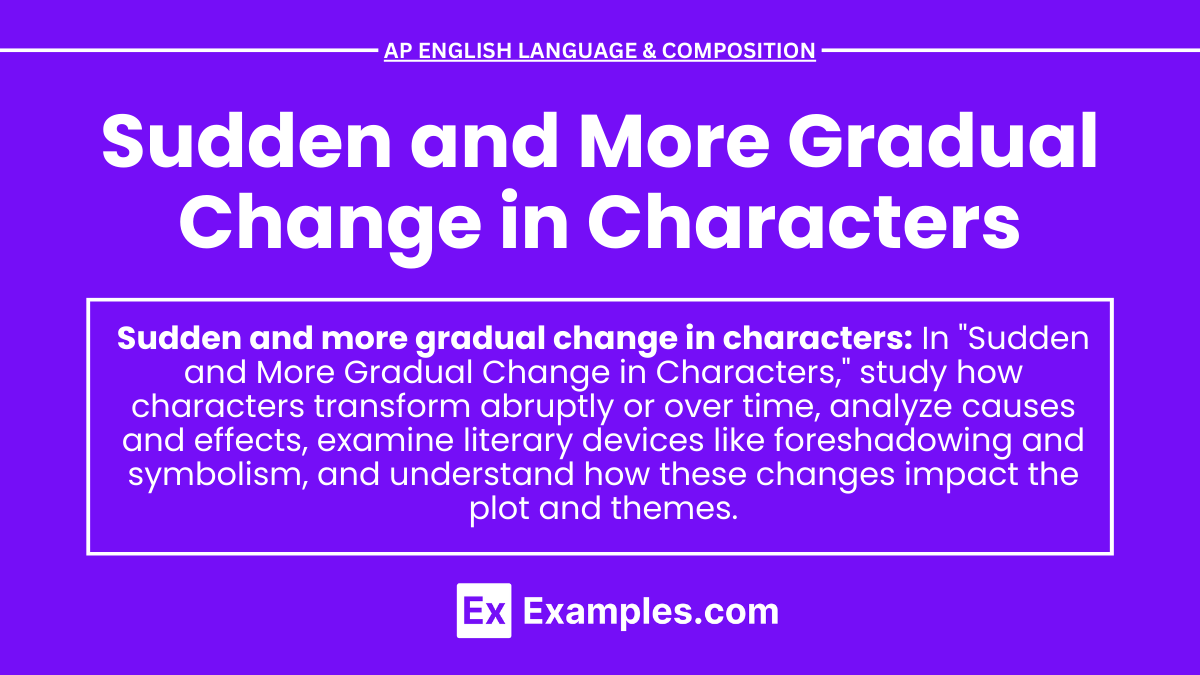In AP English Language and Composition, analyzing sudden and more gradual changes in characters enhances your understanding of narrative dynamics. Crafting rhetorical sentences and cumulative sentences is key in argumentative speech and argumentative writing. By exploring character development, you can build compelling arguments and insightful analyses.
Learning Objectives
The learning objectives for analyzing sudden and more gradual changes in characters include mastering the use of cumulative sentences to develop detailed analyses, crafting explanatory essays and expository essays to elucidate character transformations, constructing rhetorical sentences for persuasive arguments, formulating a final thesis statement that encapsulates your analysis, and applying critical thinking to explore the depth and significance of character development.
Key Concepts and Techniques
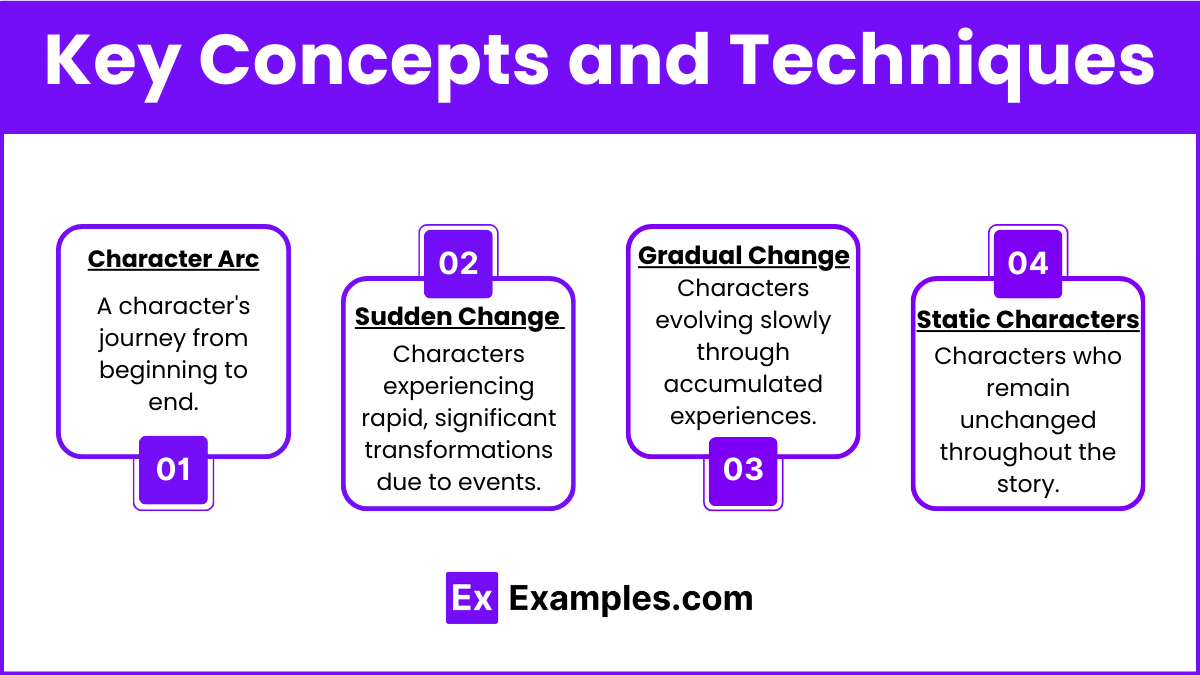
- Character Arc
- The journey a character undergoes from the beginning to the end of a story.
- Includes both internal changes (emotional, psychological) and external changes (circumstances, relationships).
- Sudden Change (Dynamic Characters)
- Characters who experience rapid or abrupt transformations.
- Often driven by significant events or revelations.
- Examples include epiphanies, traumatic events, or sudden shifts in perspective.
- Gradual Change (Developing Characters)
- Characters who evolve slowly over time.
- Changes occur through a series of events, experiences, or realizations.
- Reflects a more realistic and believable transformation process.
- Static Characters
- Characters who remain largely unchanged throughout the story.
- Serve as a contrast to dynamic and developing characters.
- Can highlight the changes in other characters.
Analyzing Sudden Change
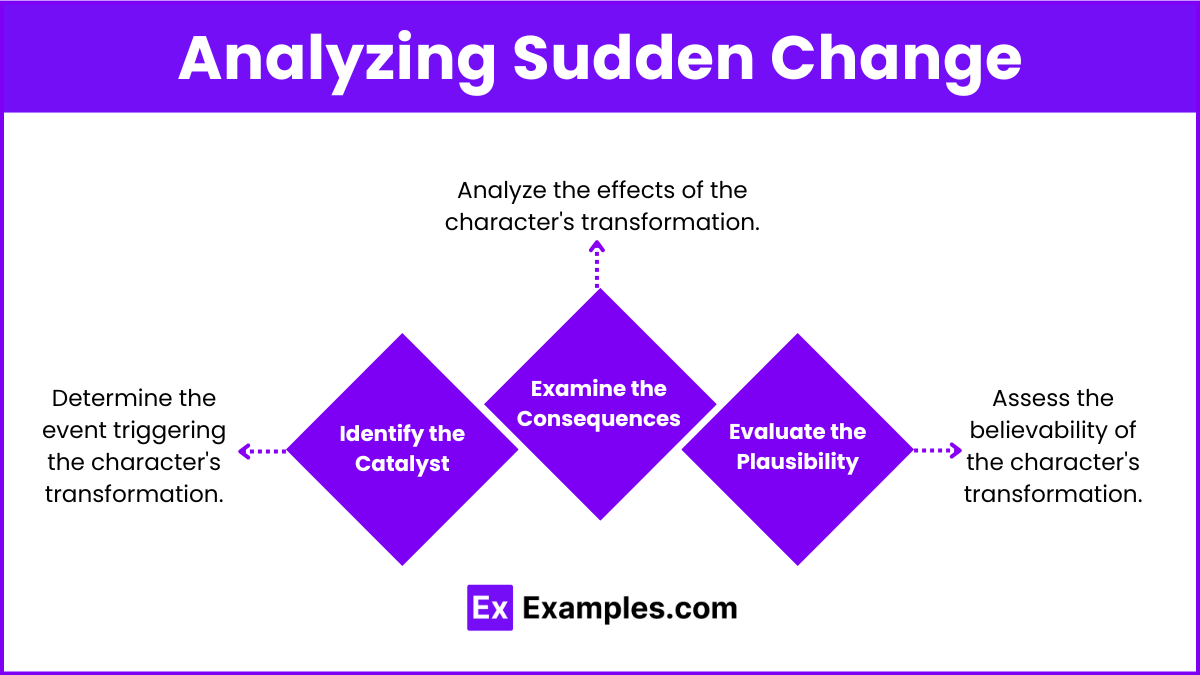
- Identify the Catalyst
- Determine the event or realization that triggers the sudden change.
- Analyze how this catalyst impacts the character’s thoughts, emotions, and actions.
- Examine the Consequences
- Assess the immediate and long-term effects of the sudden change.
- Consider how this transformation affects the character’s relationships and role in the story.
- Evaluate the Plausibility
- Consider whether the sudden change is believable within the context of the narrative.
- Look for clues and foreshadowing that support the transformation.
Analyzing Gradual Change
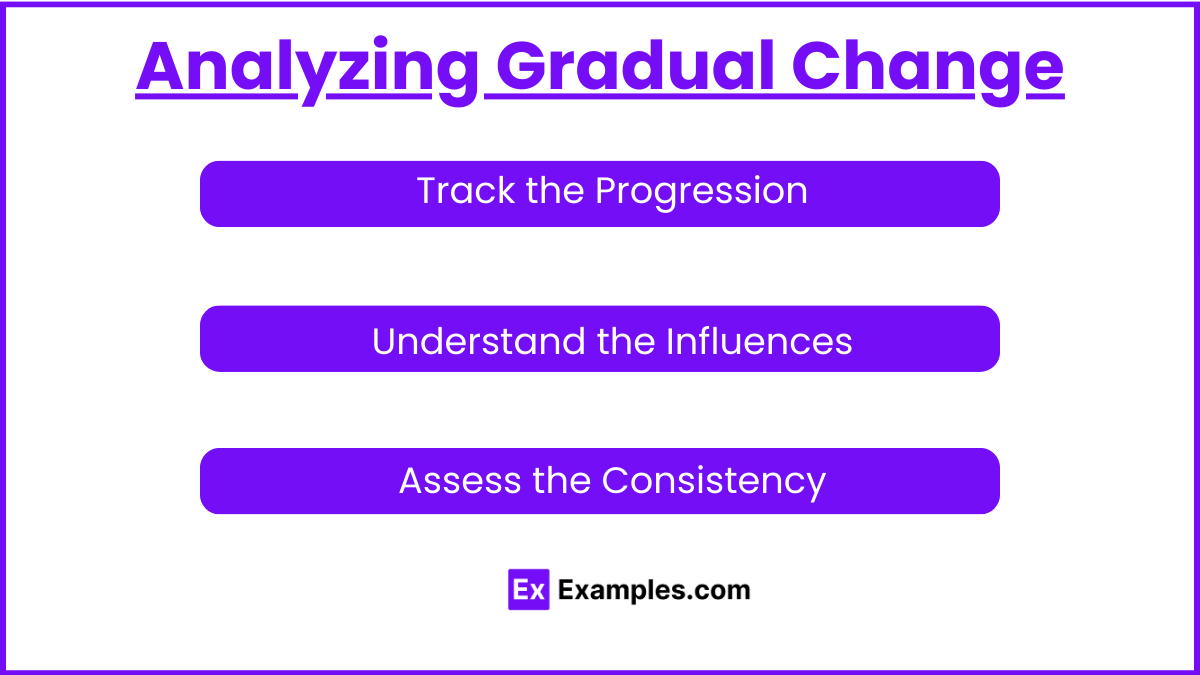
- Track the Progression
- Map out the character’s development over the course of the story.
- Note key moments, experiences, and interactions that contribute to their evolution.
- Understand the Influences
- Identify external factors (other characters, events) and internal factors (beliefs, desires) that drive the gradual change.
- Analyze how these influences shape the character’s growth.
- Assess the Consistency
- Ensure the character’s development is consistent and logical.
- Look for a clear trajectory that aligns with the character’s experiences and personality.
Comparative Analysis
- Compare and Contrast
- Compare characters who undergo sudden change with those who change gradually.
- Examine how different types of transformations affect the narrative and themes.
- Literary Devices and Techniques
- Analyze how authors use literary devices (foreshadowing, symbolism, dialogue) to portray sudden and gradual changes.
- Consider the narrative techniques employed (flashbacks, stream of consciousness) to depict character development.
Writing About Character Change
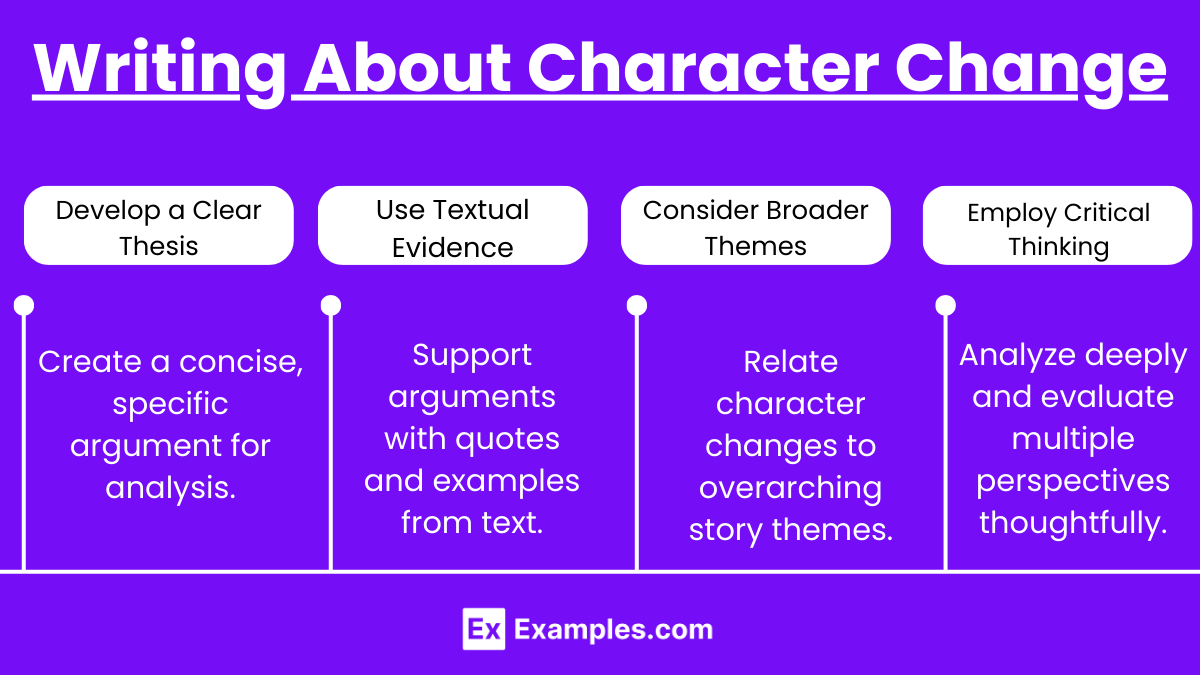
- Develop a Clear Thesis
- Formulate a thesis statement that encapsulates your argument about the character’s change.
- Ensure it addresses the nature, causes, and implications of the transformation.
- Use Textual Evidence
- Support your analysis with quotations and examples from the text.
- Explain how specific passages illustrate the character’s sudden or gradual change.
- Consider Broader Themes
- Relate the character’s transformation to the broader themes and messages of the work.
- Analyze how the change contributes to the overall impact of the story.
- Employ Critical Thinking
- Engage in critical thinking to explore the deeper significance of the character’s development.
- Consider multiple perspectives and interpretations.

